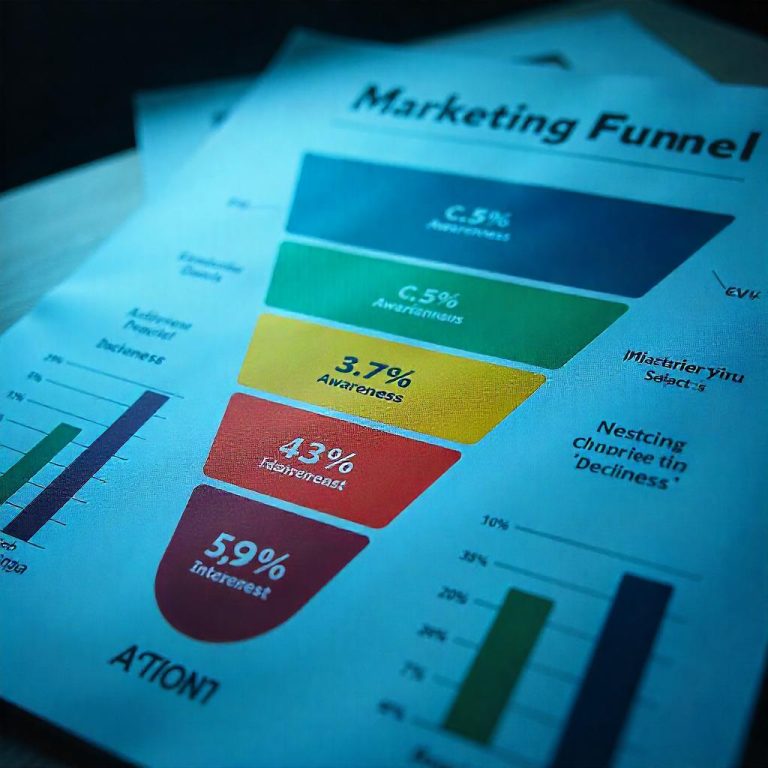What Is Programmatic Advertising
Programmatic advertising is the use of automated technology to buy and sell digital advertising space in real time. Unlike traditional methods of purchasing ads through direct negotiation or through ad networks, programmatic advertising relies on algorithms and data-driven decisions to place ads on various platforms with minimal human intervention.
Unlock Your Writing Potential and Start Earning Today with our read online E-book
Key Features of Programmatic Advertising
- Automation: Programmatic advertising leverages automated tools and systems to purchase ad space. This automation speeds up the process and reduces the need for manual input, allowing advertisers to optimize their campaigns in real time.
- Real-Time Bidding (RTB): In RTB, ad space is bought and sold through auctions, where advertisers place bids on ad impressions as they become available. The highest bidder wins the opportunity to display their ad. This process occurs in real time, typically in a fraction of a second.
- Data-Driven Decisions: Programmatic advertising utilizes data such as user behavior, demographics, location, and interests to serve relevant ads to the right audience. This targeting capability helps increase the chances of engaging users and achieving campaign goals.
- Ad Exchanges and Demand-Side Platforms (DSPs): Programmatic advertising involves ad exchanges, which are digital marketplaces where publishers sell ad space, and demand-side platforms (DSPs), which are tools that allow advertisers to buy that space. The combination of these platforms allows for seamless ad transactions.
How Programmatic Advertising Works
- Data Collection: Data about users’ behaviors, interests, and demographics are gathered through cookies, browsing history, and third-party data providers. This information is used to create audience profiles.
- Ad Auction: When a user visits a website, the available ad spaces are auctioned off in real time. Advertisers bid on the space based on their target audience and campaign goals.
- Real-Time Decision Making: Algorithms assess the best ad to display to the user based on the data collected and the bid submitted by the advertiser. Factors such as the user’s behavior, location, and context are taken into account.
- Ad Display: Once the winning bid is selected, the ad is instantly served to the user as they browse the website, ensuring the most relevant ad is shown to the right person at the right time.
Types of Programmatic Advertising
- Display Ads: These are the most common type of programmatic ads, typically appearing on websites, apps, or social media platforms.
- Video Ads: Programmatic video advertising involves the automated placement of video ads, either before (pre-roll), during (mid-roll), or after (post-roll) content, depending on the platform.
- Native Ads: These are ads that blend into the content of a website or app, appearing as if they are part of the editorial content, making them less intrusive.
- Social Media Ads: Programmatic advertising also extends to social media platforms where advertisers can buy ad space automatically based on audience data and bidding strategies.
Benefits of Programmatic Advertising
- Efficiency and Speed: Programmatic advertising automates the buying process, making it faster and more efficient compared to traditional ad buying. Advertisers can run campaigns in real time and adjust strategies on the fly.
- Targeting Capabilities: Programmatic ads allow for granular targeting based on demographics, interests, browsing behavior, location, device type, and more, ensuring ads reach the most relevant audience.
- Real-Time Optimization: Advertisers can track campaign performance in real time, allowing them to make adjustments to targeting, bids, and creatives for improved results.
- Cost-Effective: Because of the automated nature of programmatic advertising and real-time bidding, advertisers can often get better value for their money, only paying for the impressions that are most likely to lead to conversions.
- Scalability: Programmatic advertising allows for large-scale campaigns to be managed efficiently, reaching multiple platforms, devices, and geographies without manual intervention.
Top Free Digital Marketing Online Courses to Boost Your Skills (Get List And Websites
Challenges of Programmatic Advertising
- Ad Fraud: Programmatic advertising is susceptible to ad fraud, such as fake impressions and click fraud. Advertisers must be vigilant and use technologies like fraud detection tools to mitigate risks.
- Transparency Issues: There can be a lack of transparency in the programmatic supply chain, making it difficult for advertisers to know exactly where their ads are being shown and whether the ad space is truly valuable.
- Complexity: While automation simplifies many aspects of programmatic advertising, the technology behind it can be complex, requiring skilled professionals to manage campaigns effectively.







